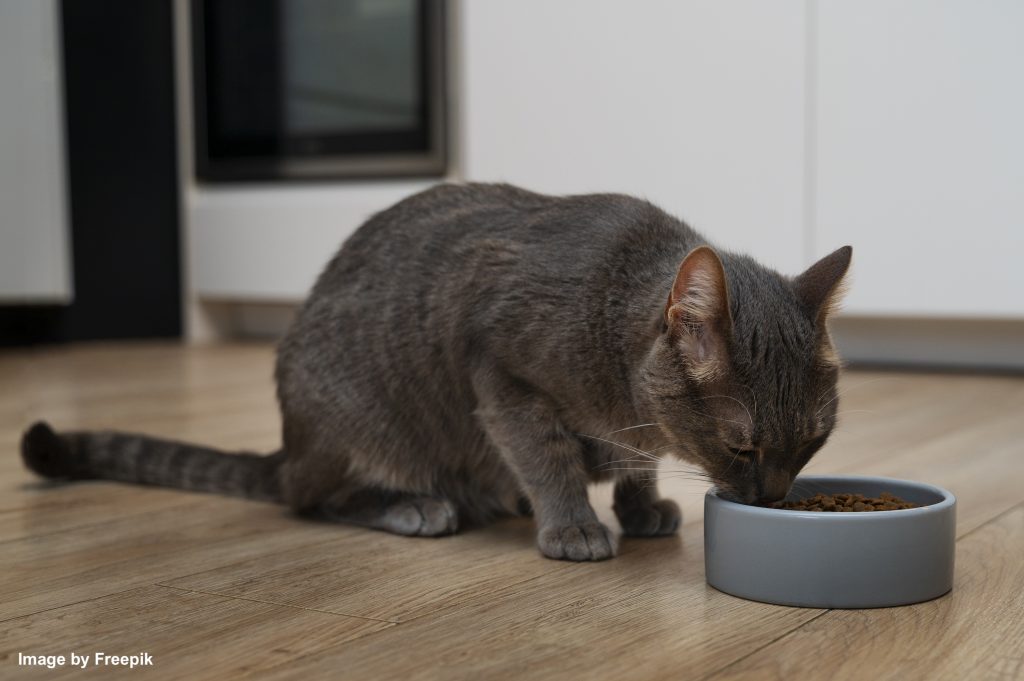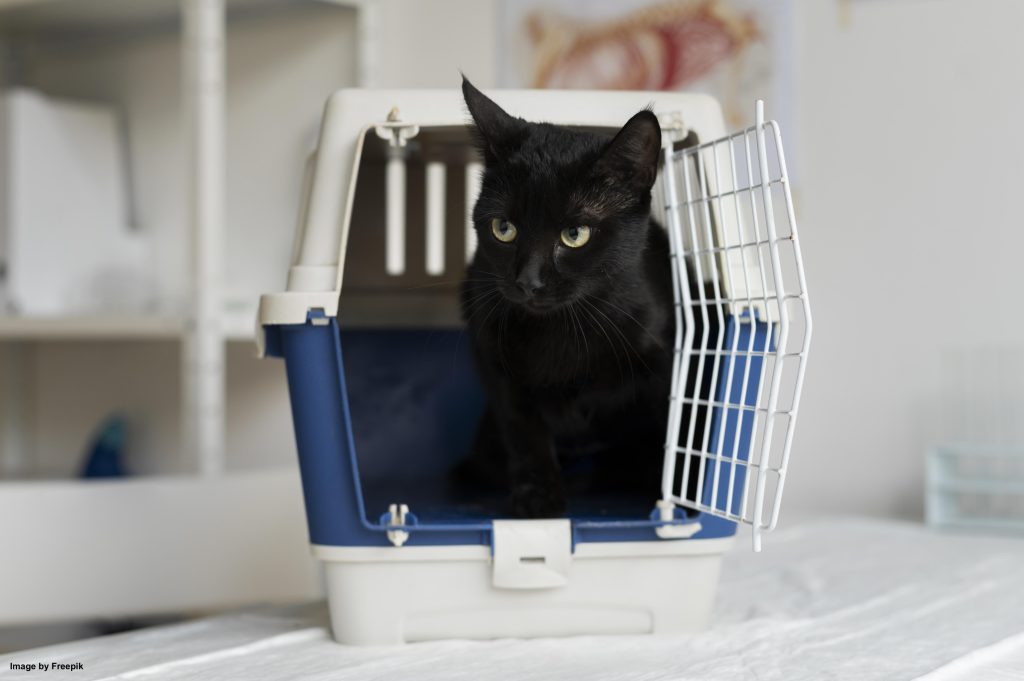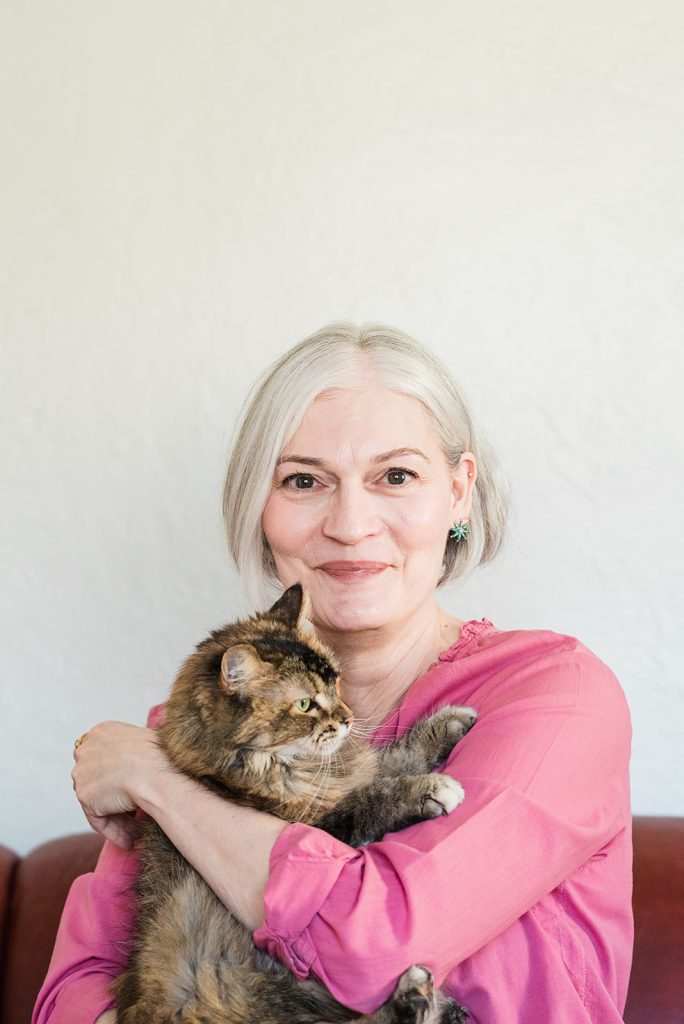Barks Blog
Therapeutic Diets for Companion Animals—Is the Investment Justified?

By Sandra Grossmann
A therapeutic diet, also called a prescription (Rx) diet, is one that is formulated to meet a specific need or to prevent a disease from reoccurring or getting worse. Pet owners can purchase therapeutic diets only via a licensed veterinarian, who must diagnose the disease and write a prescription.
Do You Legally Need a Prescription?
One major pet food company owns a patent for the name “prescription diet.” Competing pet food companies are forced to use a different name, for example, “therapeutic diet” or “veterinary diet,” to avoid a lawsuit.
A statement was made in 2010 by the U.S. Food and Drug Administration’s (FDA) Center for Veterinary Medicine (CVM) saying that because prescription pet food diets are marketed to cure or treat disease, they are “considered drugs under the Federal Food, Drug, and Cosmetic Act.” This statement prompted an outcry from veterinarians and the public demanding clarification.
- Veterinary diets do not contain prescription drugs.
- Veterinary diets are not labeled with “Caution: Federal law restricts this drug to sale by or on the order of a licensed veterinarian.”
- Veterinary diets are taxed the same as over-the-counter products.
The FDA subsequently removed the statement from its website. Legally, one does not need a prescription to purchase these diets. The decision to require a veterinarian “prescription” to sell these diets was made by the pet food producers. Many consumers dislike this sales channel strategy. I would argue it is a safety measure taken to ensure that therapeutic diets are only used under veterinary supervision.
Veterinarians are trained to diagnose and monitor disease stages in companion animals. Pet owners turn to veterinarians first when they sense a health issue in their animals. The FDA approves all prescription drugs, and prescription drugs can only be obtained via a veterinarian. There is a close connection between the FDA and how prescription drugs are made available to pet owners. Because therapeutic diets can impact animal health similar to a prescription drug, veterinarians need to approve how they are distributed.
What Are the Differences Between Commercial Diets and Prescription Diets?
Commercial diets are formulated to meet the nutritional requirements for complete and balanced pet food according to the American Association of Feed Control Officials (AAFCO).
Pet food diets are tested in a professional setting for taste and in an accredited laboratory for the nutrient amount to make sure the product meets the animal’s nutritional needs according to its life stage. The label will show that the product is formulated to meet the nutritional guidelines.
___________ is formulated to meet the nutritional levels established by the AAFCO Dog (or Cat) Food Nutrient Profiles for ___________.
- The first blank must show the product name (the same name on the front of the package).
- The statement says if the product is for cats or dogs.
- The second blank says what life stage the product is for. (AAFCO, 2023)
Very few companies perform feeding tests with their pet food products. If feeding tests are performed, the manufacturer can announce this on the label to differentiate their products and let consumers know about it.
Animal feeding tests using AAFCO procedures substantiate that ______________ provides complete and balanced nutrition for _____________.
- The first blank must show the product name (the same name on the front of the package).
- The second blank says what life stage the product is for.
- “AAFCO procedures” are standardized feeding protocols that define how feeding trials are to be conducted and assessed. (AAFCO, 2023)
Unlike other pet food products, prescription diets are clinically studied by the manufacturer of the products. Macro- and micronutrients (vitamins, minerals, protein, fats, carbohydrates, and other nutritional components) are carefully balanced to determine their effect on the disease condition.
Prior to production, all ingredients going into these diets are screened for macro- and micronutrients. The final product must undergo specific and expensive laboratory testing and feeding trials.
Why Are Therapeutic Diets So Expensive?
Many pet owners look at the ingredient deck for therapeutic diets to compare it to commercial pet food products and wonder why they look similar. They feel betrayed and believe the product is overpriced. Therapeutic diets are more expensive for several reasons:
- More research goes into their development.
- New ingredients included in the food must undergo a costly approval process for their use in pet food.
- The ingredients undergo a stringent quality control process.
- The final diet undergoes a stringent quality control process.
Let’s look at a specific example—a diet for urinary health for cats that contains a low-ash chicken meal. Many cats suffer from urinary health issues during their lifetime. It is a painful condition and can be life threatening, and some cats must undergo surgery to remove blockages. Once the nature of the blockage has been confirmed, informed veterinarians will recommend a urinary health diet for cats suffering from this condition to prevent further blockages.
Let’s look at a specific example—a diet for urinary health for cats that contains a low-ash chicken meal. Many cats suffer from urinary health issues during their lifetime. It is a painful condition and can be life threatening, and some cats must undergo surgery to remove blockages. Once the nature of the blockage has been confirmed, informed veterinarians will recommend a urinary health diet for cats suffering from this condition to prevent further blockages.

Development of such a urinary health diet for cats involved the following:
- Conducting research to determine the different types of stones formed in feline urinary tracts. (High phosphorus content was found to be one contributing factor to stone formation.)
- Conducting research to determine how nutrition adjustments can prevent the formation of stones. (What minimum levels of phosphorus does a cat need?)
- Formulating a diet based on the research conducted. (How can the phosphorus content be lowered? What ingredients contribute most to phosphorus content?)
- Monitoring ingredients for low phosphorus content (ash/bone content of chicken products) before and during production.
- Monitoring the final diet for low phosphorus content.
Pet food research is not funded or subsidized by the government. Research is solely done by private pet food companies. The urinary health research has been a lifesaver for many cats.
The FDA has issued a protocol for how data must be obtained for cat food labels stating urinary health claims (FDA, 1994). These guidelines, developed by the CVM, give manufacturers a framework of the research that needs to be concluded to obtain permission for a urinary health claim on a cat food diet.
The protocol must be submitted and approved by the CVM before the research is conducted. Details include:
- How to formulate the diet
- How the animals must be housed
- Blood chemistry tests
- Statistical methods
The FDA also reviews other specific claims on pet food, such as “low magnesium” and “hairball control.” Pet food manufacturers must work closely with the FDA and CVM to get protocols reviewed and approved. Health claims on pet food products are closely reviewed during state registrations. States have the right to ask for data or request changes to labels before pet products are put on the shelves.
On May 20, 2024, the FDA withdrew the guide for animal foods with health claims (Federal Register, 2024). Until a new guide is issued, and we don’t know when that will be, the FDA encourages firms to contact the agency early in the product development process. Be assured that moving forward, health claims on pet products hitting the market in the United States will be closely monitored, and pet food companies can anticipate more push back from state inspectors during the registration process.
What Kind of Therapeutic Diets Are Available?
If you are wondering if a therapeutic diet is right for your pet, consider the following:
- Has your pet struggled with life-threatening urinary issues?
- Has your pet been diagnosed with a life-threatening serious condition like kidney failure?
- Has your pet had severe digestive issues?
- Is your pet dealing with severe allergies, and you have explored many options?
Certain diseases are common to cats or dogs, for example, diabetes and obesity. Think critically about the disease your animal is suffering from. Does it truly require a special diet? In some cases, a close look at the current feeding regimen, the disease, and the issues could spark some critical thinking. If your pet is obese, should you purchase a specific weight management diet or simply adjust your feeding regimen? If your pet is highly allergic, would a hydrolyzed diet improve your pet’s quality of life, and yours as well?
References
AAFCO. (2023). How to understand a dog or cat food label. Retrieved September 6, 2024, from https://www.aafco.org/consumers/understanding-pet-food/reading-labels/#adequacy
FDA. (1994). CVM GFI #55 Supportive data for cat food labels bearing “reduces urinary pH” claims: protocol development. Retrieved September 16, 2024, from https://www.fda.gov/regulatory-information/search-fda-guidance-documents/cvm-gfi-55-supportive-data-cat-food-labels-bearing-reduces-urinary-ph-claims-protocol-development
Federal Register. (2024). Program policy and procedures manual guide 1240.3605 regulating animal foods with drug claims; withdrawal. Retrieved September 16, 2024, from https://www.federalregister.gov/documents/2024/05/20/2024-10936/program-policy-and-procedures-manual-guide-12403605-regulating-animal-foods-with-drug-claims

Sandra Grossmann holds a B.S. of Food Science from the Technical University Berlin and draws from 28 years of experience formulating pet diets, treats, and supplements. Grossmann left the corporate industry in 2019 and completed the University of Illinois Urbana-Champaign’s (UIUC) Companion Animal Nutrition Certification Program while launching The Feline Consultant LLC, an online cat nutrition and consultation business.
In July 2021, Grossmann graduated from the Veterinary Assistant Program at the Animal Behavior College (ABC) and completed the certification from the National Association of Veterinary Technicians in America (NAVTA). In December 2021, she became a certified feline training and behavior specialist through the Animal Behavior Institute (ABI).
Says Grossmann, “Cats are fascinating animals and often misunderstood. They have a different metabolism and display different behavioral traits compared to dogs. Cats often get accused of being low maintenance and less personable. My mission is to foster a deeper bond between cats and their humans. Nutrition and behavior are closely intertwined. Many health issues result in behavioral problems, and many behavioral problems have their root cause in an undiagnosed health condition. My goal is to provide science-based information and practical solutions to help cat parents.”
Grossmann is a member of the Pet Professional Guild (PPG), serving with their Feline Division, and the International Association of Animal Behavior Consultants (IAABC), and she is a cat-friendly certified professional with the American Association of Feline Practitioners (AAFP).
In 2024, she was accepted into the Virginia Tech Master’s program in Animal Welfare and Behavior.

